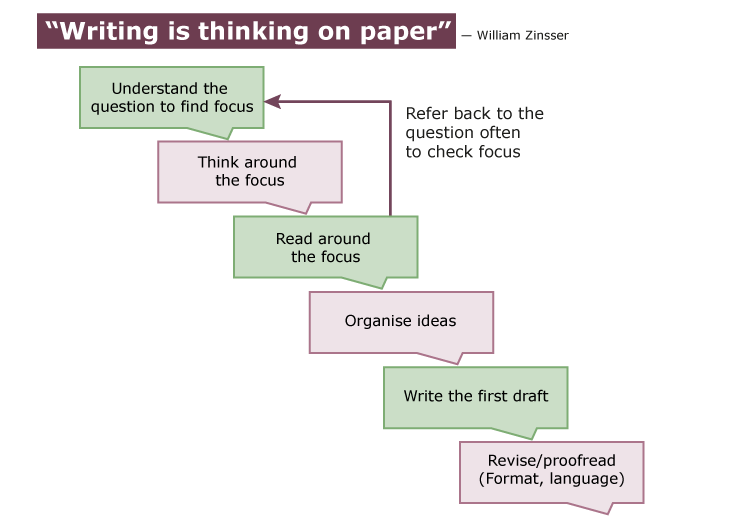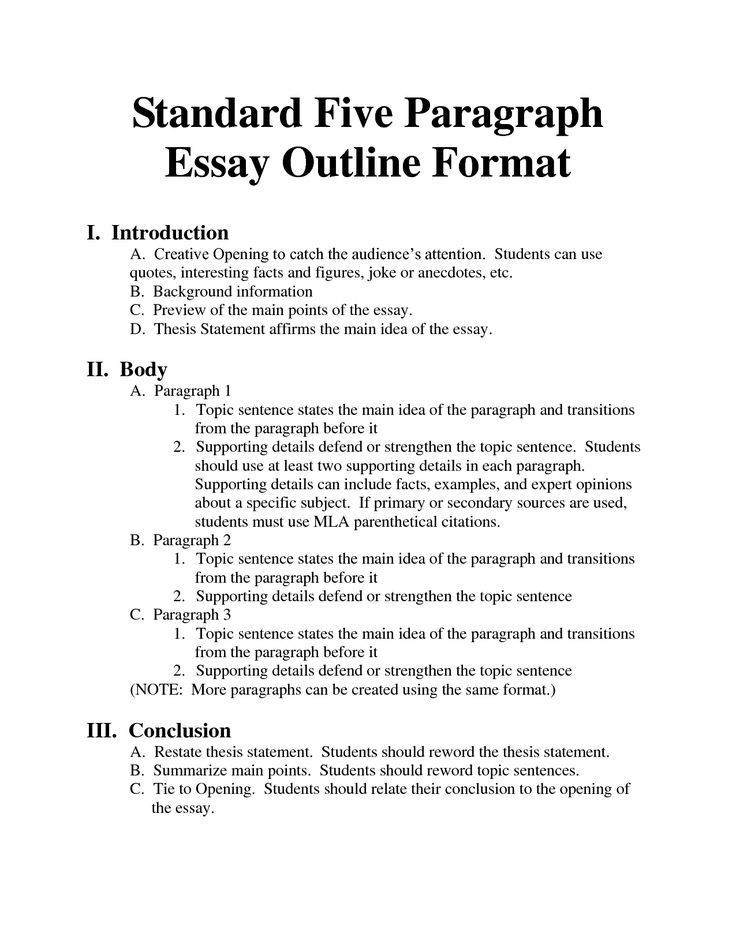A good way to learn how to write an essay in English is to use a workbook that incorporates a text explanation and a writing exercise. In these materials, you’ll learn the steps in the essay writing process and how to write an effective conclusion. Essay writing workbooks include exercises, review exercises, and lesson plans. These materials will expand your knowledge of English writing and can be used both in class and independently at home.
Example of a thesis statement
An effective thesis statement is an integral part of an essay. In fact, it may mean the difference between passing or failing an essay. To create a strong thesis statement, you should spend some time drafting it. Revisions are required, so make sure you’ve finished rewriting it several times before the final submission. With proper preparation, a good thesis statement can lead to an excellent essay.
A thesis statement is a sentence, word, phrase, or clause that states your idea, attitude, or stand. For instance, if you want to write an essay on the effects of alcohol on children, you might decide that high consumption of alcohol causes many health problems including obesity and liver complications. In this example, you are trying to say that high alcohol consumption causes heart disease, liver complications, and weight gain. Alternatively, you may state that the space program has yielded little or no practical returns.
Steps to writing an essay
To write an effective essay, the writer should follow several steps. The first is to choose words that convey your idea. Then, he or she should craft those words into sentences. Each sentence should present your thought in grammatically correct fashion. The next step is to arrange the sentences into paragraphs, each one with at least ten words and sentences. After this step, the writer must format the essay according to the required format.
It is important to take notes on the topics and the sources that you will be citing in your essay. Usually, students should make notes on at least twice or three times the number of words that are written on an essay. This way, they can make revisions and edit their notes to suit the essay. After all, an outline will make the writing process easier and less stressful. Moreover, a properly written essay can make the student feel more confident.
Developing a thesis statement
Developing a thesis statement is an essential part of a paper. This statement sets the overall point of your paper and is your primary argument. A strong thesis statement sets expectations for the reader and keeps the author on track. It also helps the writer organize the arguments and stay focused. To develop a strong thesis statement, consider using the example of a referendum to guide your writing. As a rule, the thesis statement should be around two sentences in length.
The thesis statement should be as clear and precise as possible. While an essay is typically shorter, the statement should be easy to find in the first paragraph of the paper. A thesis statement should be clear and concise, not simply a fact. It should cover the information that will be discussed in the essay. It should also be connected to a larger issue or problem. However, thesis statements do not have to be complicated.
Developing a good conclusion
While completing an essay, it is essential to develop a good conclusion. Your conclusion should provide closure and show that you have explored new ideas or points. If your essay is a history of the Braille system, the conclusion might discuss its development. Rather than beginning with the phrase “in conclusion,” start your conclusion with a concrete detail. This will keep your readers engaged and interested in reading the rest of the paper.
A good conclusion is an opportunity to summarize the paper and offer readers something they can use in their own lives. It provides a final thought and shows how your ideas have affected you, and propels the reader to a different view of the subject. A good conclusion makes a positive final impression and helps you end on a positive note. It can go beyond the prompt and assignment requirements to explore broader themes. In addition, it can also suggest new connections and expand the reader’s understanding of the subject.




